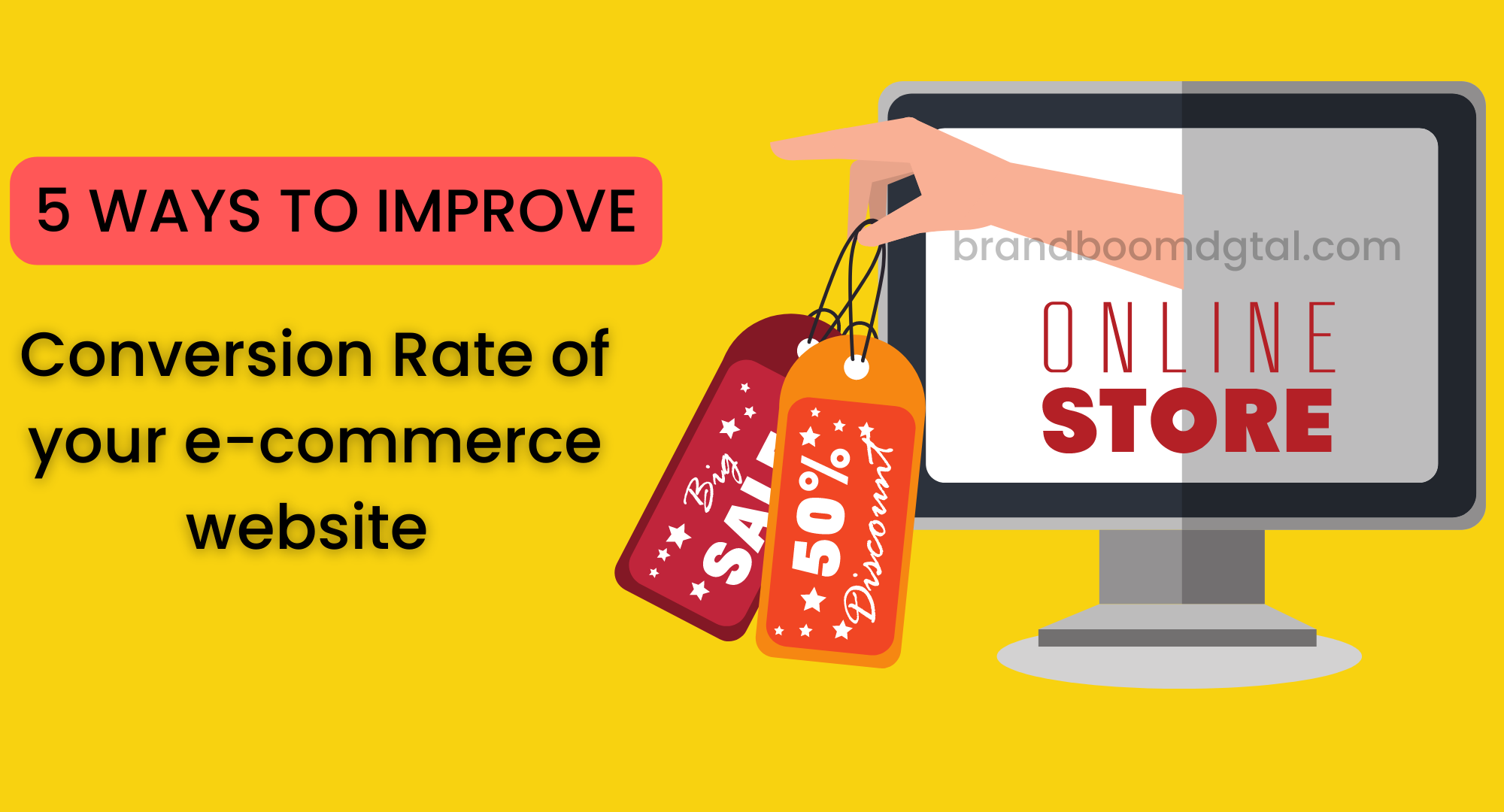If you have an ecommerce business, you know that driving traffic to your website is only half the battle. The real goal is to convert that traffic into paying customers. But how do you do that? Here are 5 tips for improving your ecommerce conversion rate:
1. Optimize Your Website Design and User Experience
The design and user experience of your website can have a big impact on your conversion rate. A cluttered, confusing, or slow-loading website is likely to turn visitors away. On the other hand, a clean, easy-to-navigate website that loads quickly is more likely to keep visitors engaged and encourage them to make a purchase.
Here are a few ways you can improve your website’s design and user experience:
Use a clear and simple layout that guides visitors to your most important pages and products
Use high-quality images and videos to showcase your products and services
Make it easy for visitors to find what they’re looking for with a search bar and clear navigation menu
Use responsive design to ensure that your website looks good and functions well on all devices, including mobile phones and tablets
2. Implement Customer Reviews and Trust Badges
Customer reviews and trust badges can help build trust and credibility with potential customers. Seeing that other people have had positive experiences with your business can help overcome any doubts or reservations that a visitor may have.
Here are a few ways you can use customer reviews and trust badges:
Display customer reviews prominently on your product pages, with the option for visitors to leave their own reviews
Use trust badges from organizations like the Better Business Bureau or Verisign to show that your business is reputable and trustworthy
Consider using social proof, such as displaying the number of people who have purchased a particular product or the total number of reviews, to show that your business is popular and well-regarded
3. Leverage Social Proof
Social proof is the idea that people are more likely to take action if they see others around them doing the same thing. You can use social proof to your advantage by showcasing the popularity of your products or business.
Here are a few ways you can use social proof:
Display the number of people who have purchased a particular product or the total number of reviews
Use “featured in” badges to show that your business has been featured in reputable media outlets
Display social media follow and share buttons to show that your business has a strong online presence and is popular on social media
4. Use Personalization and Targeted Marketing
Personalization and targeted marketing can help make your website and marketing efforts more relevant and effective. By using data about your customers, you can create personalized experiences that are more likely to convert.
Here are a few ways you can use personalization and targeted marketing:
Use website personalization tools to show different content or products to different visitors based on their location, interests, or behavior
Use email marketing to send targeted campaigns to different segments of your audience based on their interests or behavior
Use retargeting ads to show ads to people who have visited your website but haven’t made a purchase yet
Use data from your customer relationship management (CRM) system to create personalized experiences for your customers, such as recommending products based on their past purchases.
5. Test and Optimize Your Website
One of the most effective ways to improve your ecommerce conversion rate is to test and optimize your website. By making small changes to your website and measuring the results, you can identify what works and what doesn’t, and make continuous improvements over time.
Here are a few ways you can test and optimize your website:
Use A/B testing to compare two versions of a page or element, such as a button color or headline, and see which performs better
Use heat mapping tools to see how visitors are interacting with your website and identify areas that may be confusing or not getting enough attention
Use surveys and customer feedback to gather insights and ideas for improvement
Regularly review your website analytics to see what’s working and what’s not, and make changes accordingly
By testing and optimizing your website, you can make informed decisions about what changes to make and be confident that they will have a positive impact on your conversion rate.









